BYD is in the midst of a massive new product onslaught in Australia, moving into new segments across the board.
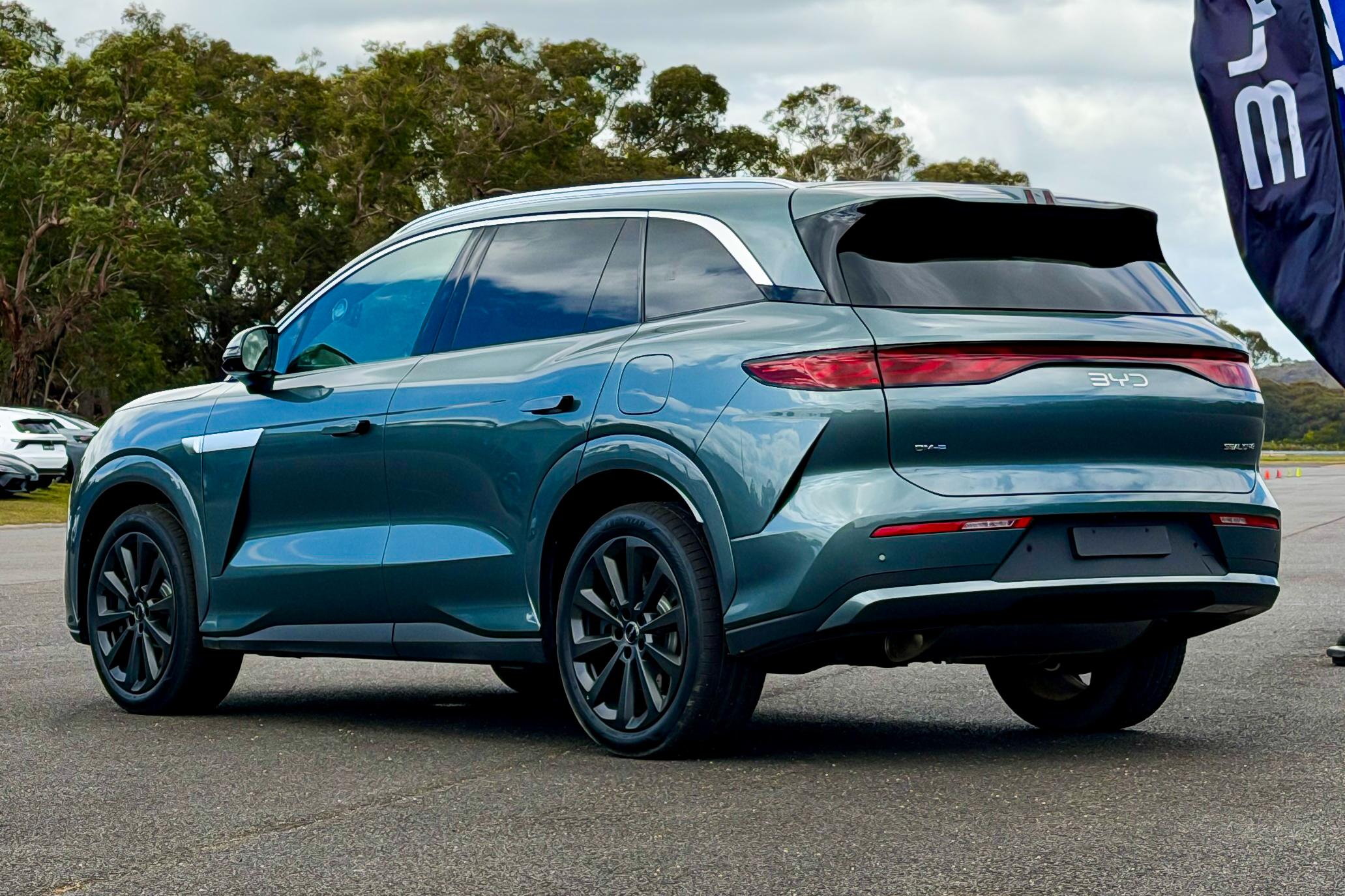
In addition to adding a teeny electric city hatchback, and large and luxurious plug-in hybrid (PHEV) off-road SUVs under the new Denza brand, the Chinese automaker is also looking to bring PHEV power to more Australian families – specifically those with two or more kids.
Enter the 2026 BYD Sealion 8, the brand’s first seven-seat SUV in Australia, which is poised to compete with the likes of the Hyundai Santa Fe, Kia Sorento and Toyota Kluger.
In typical fashion, the Chinese electrified vehicle specialist is drip-feeding information. So for now, we’re not quite clear on how much the Sealion 8 will cost when it arrives in local showrooms early next year.
What we do know is that there will be three variants, one with front-wheel drive and two with all-wheel drive, the latter offering a thumping 400kW of power that’s claimed to propel you and the kids from 0-100km/h in just 4.9 seconds.
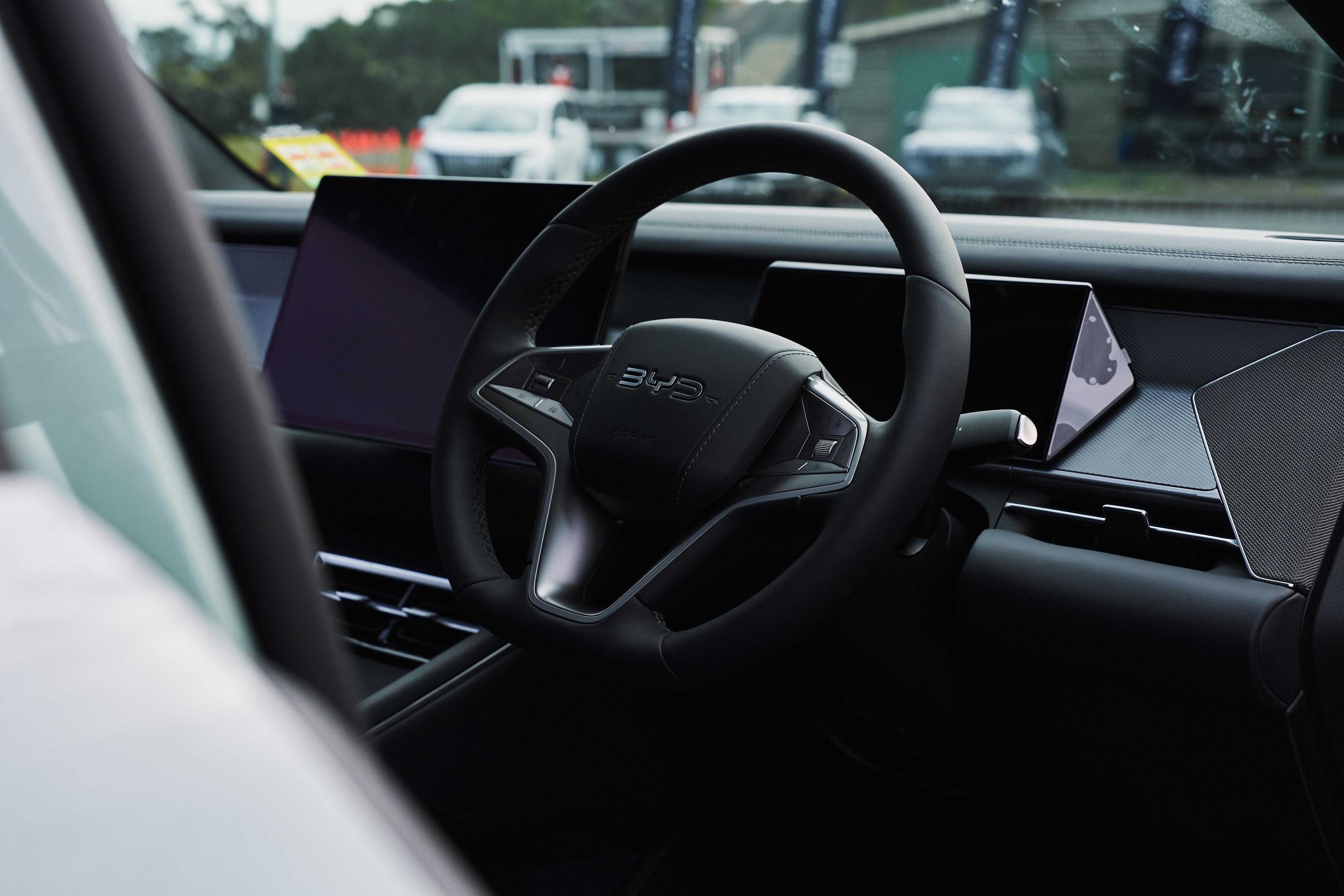
Should it start in the $50,000 range and top out in the mid- to high-$60,000 bracket, the Sealion 8 could really take the fight to those aforementioned household names.
To get a first taste, we attended the BYD-Denza Immersion Day at the old Holden proving ground in Lang Lang, Victoria, for a quick steer of the upcoming Sealion 8.
How much does the BYD Sealion 8 cost?
As noted earlier, we don’t have pricing yet, but we expect the entry-level variant to start around $50,000-$55,000, and the Premium AWD flagship to hover around the $65,000-$70,000 mark.
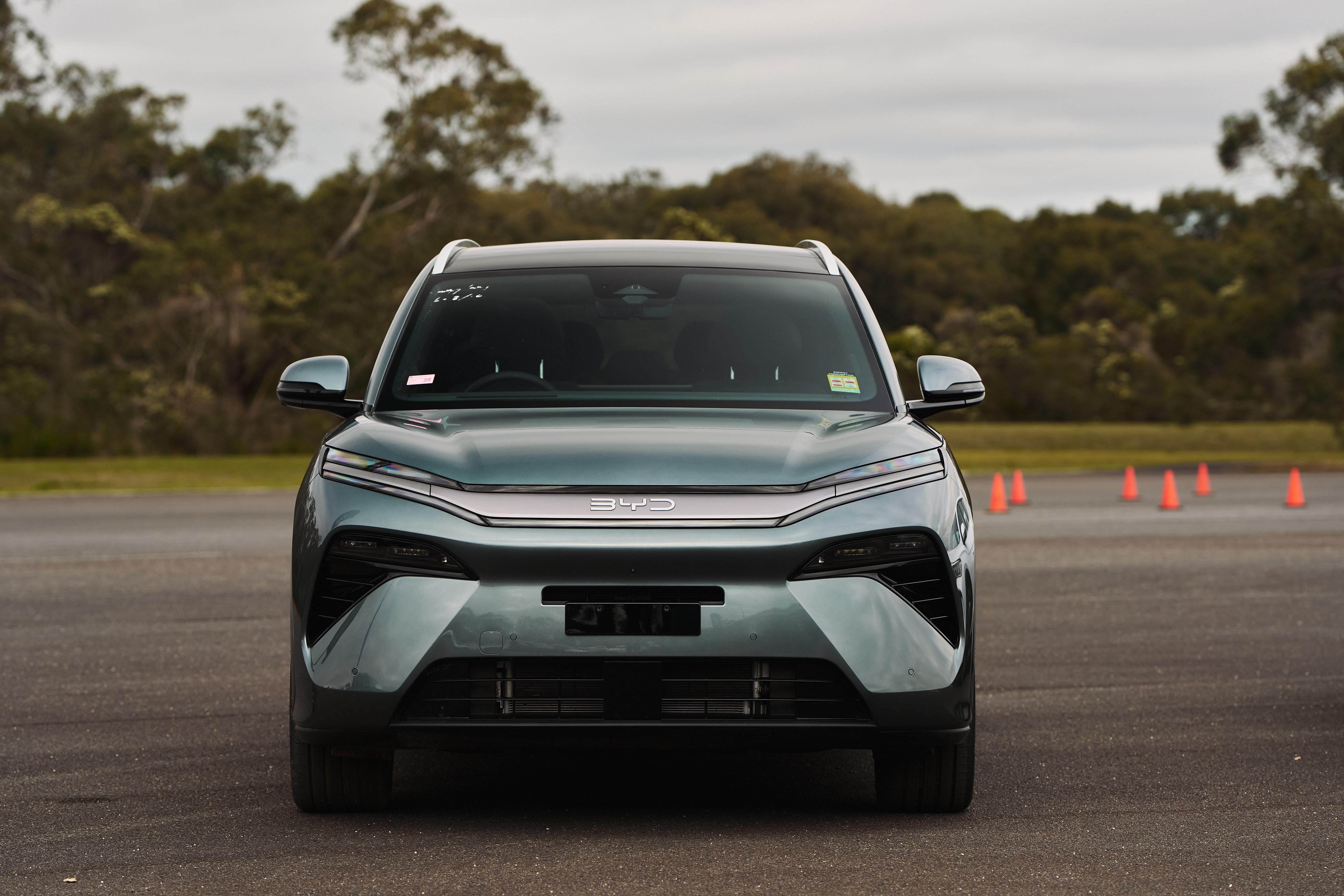
| Model | Price before on-road costs |
|---|---|
| 2026 BYD Sealion 8 Dynamic FWD | $TBC |
| 2026 BYD Sealion 8 Dynamic AWD | $TBC |
| 2026 BYD Sealion 8 Premium AWD | $TBC |
While some might say that’s a bit much for a Chinese vehicle, that positioning would make the Sealion 8 significantly cheaper than the equivalent Kluger Hybrid, which also isn’t a plug-in hybrid, while the expanded Kia Sorento PHEV range kicks off from $70,880 for the base S AWD.
All versions will offer over 100km of EV driving range (NEDC), which is also around double what the plug-in Kia offers.
You could also compare the Sealion 8 to the Mitsubishi Outlander Plug-in Hybrid EV (PHEV), though the Mitsubishi is smaller and technically in a size class below the BYD (as well as the Kia and Toyota).
But for the record, the pre-facelift Outlander PHEV was priced from $58,740 for the base ES, and topped out at $73,790 for the flagship GSR. Pricing and specifications for the facelifted Outlander PHEV are yet to be announced for Australia.
CarExpert can save you thousands on a new BYD. Click here to get a great deal.
What is the BYD Sealion 8 like on the inside?
The Sealion 8’s cabin blends a lot of elements from other models in the range, namely the PHEV Sealion 6 and electric Sealion 7 mid-size SUVs.
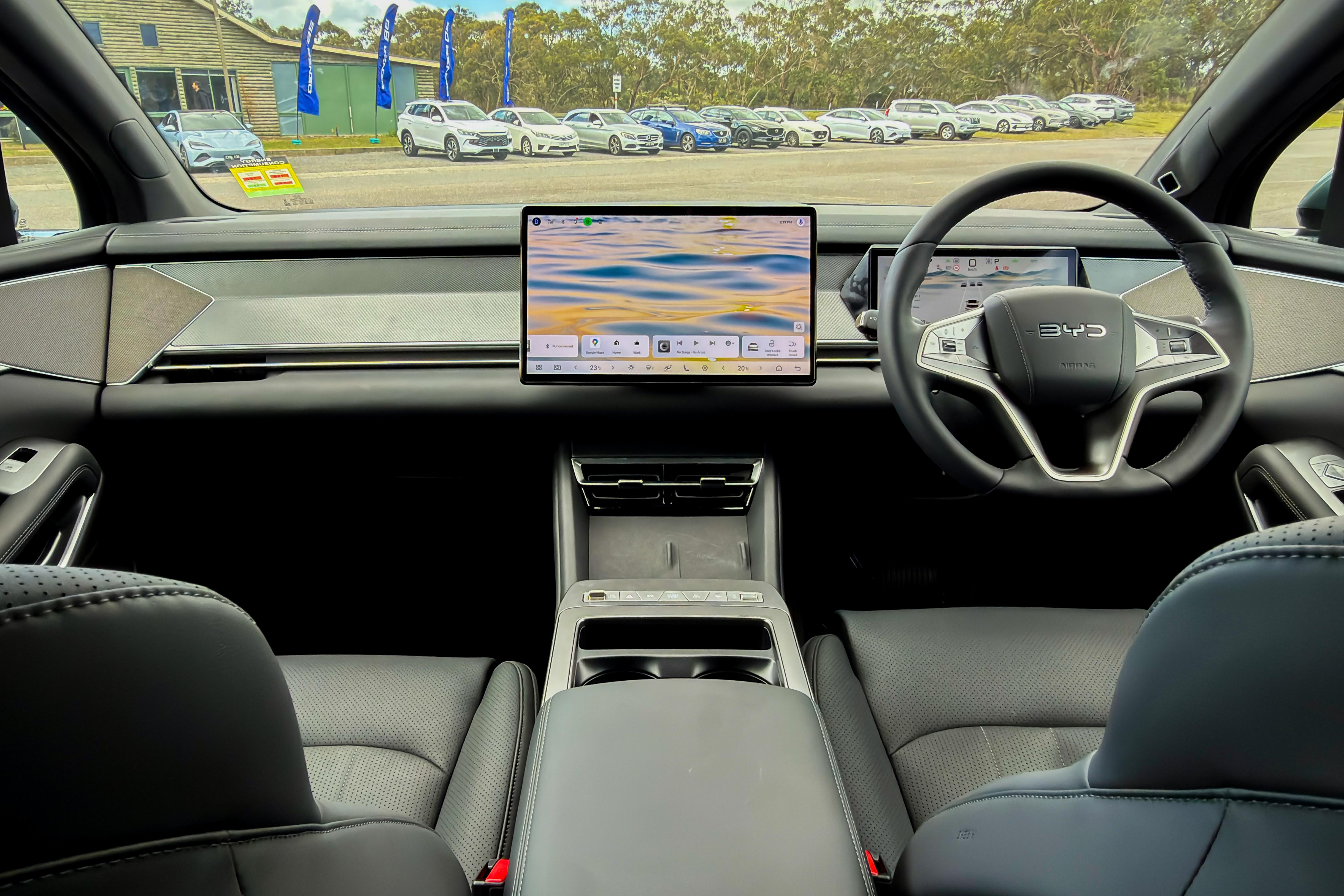
BYD has made an effort to make the Sealion 8’s cockpit feel a little more upmarket, with plenty of soft-touch surfaces, parametric details on the dash insert, and big tablet-style in-car displays.
To be honest, other than getting a general look and feel for the cabin within a 15-20 minute window, I didn’t get much time to poke and prod around in it to really get a proper breakdown.
That said, we’ll need much more time (ie: months and years) to see how well the Sealion 8’s interior holds up over time – not just in terms of rattles and squeaks, but how the trims withstand the scuffs and stains that families will no doubt subject it to.
As with other BYD products, the driver display and central infotainment unit offer glossy graphics and slick responses and animations, but my previous complaints about layer-heavy menus remain – and some functions can be a little buried.
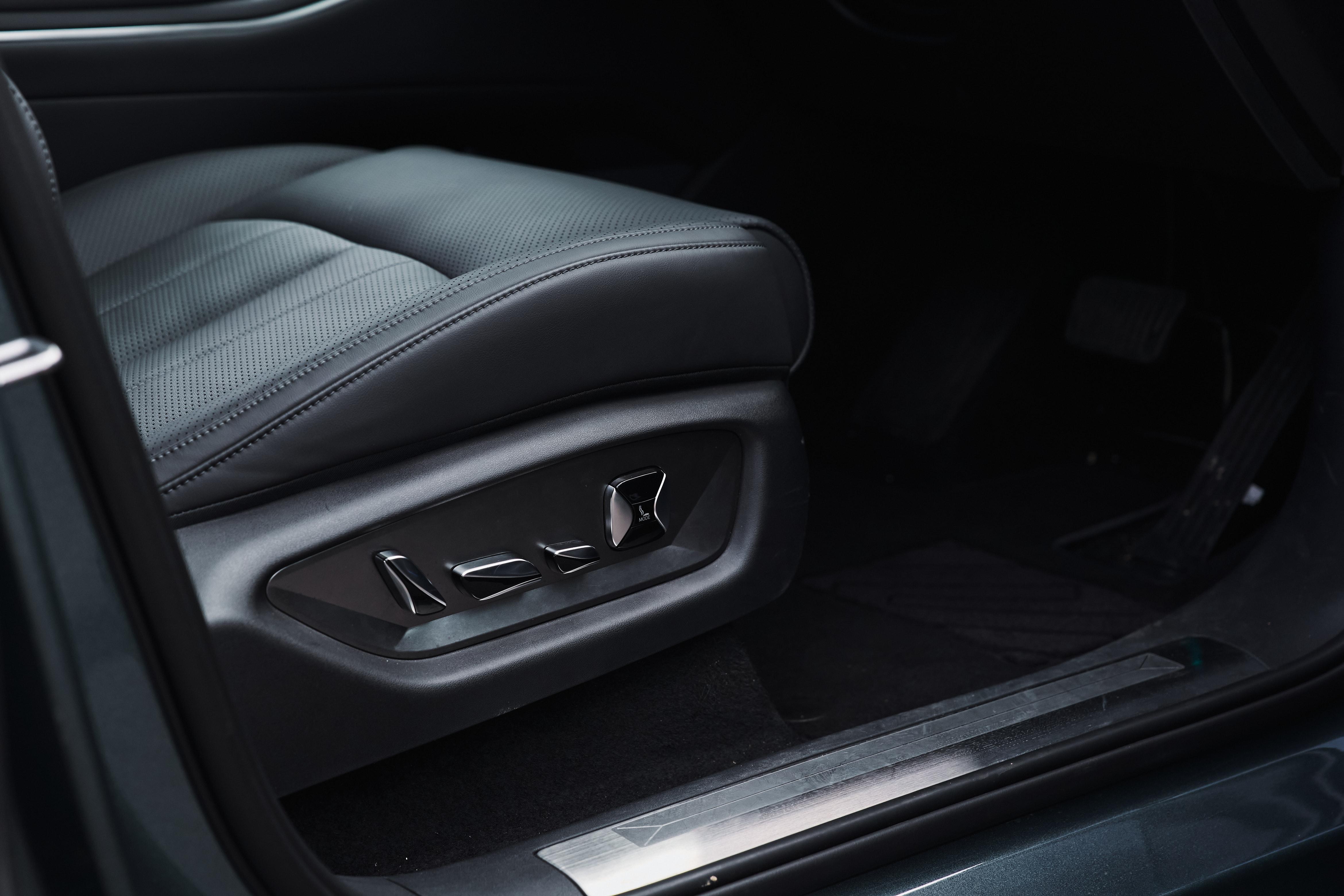
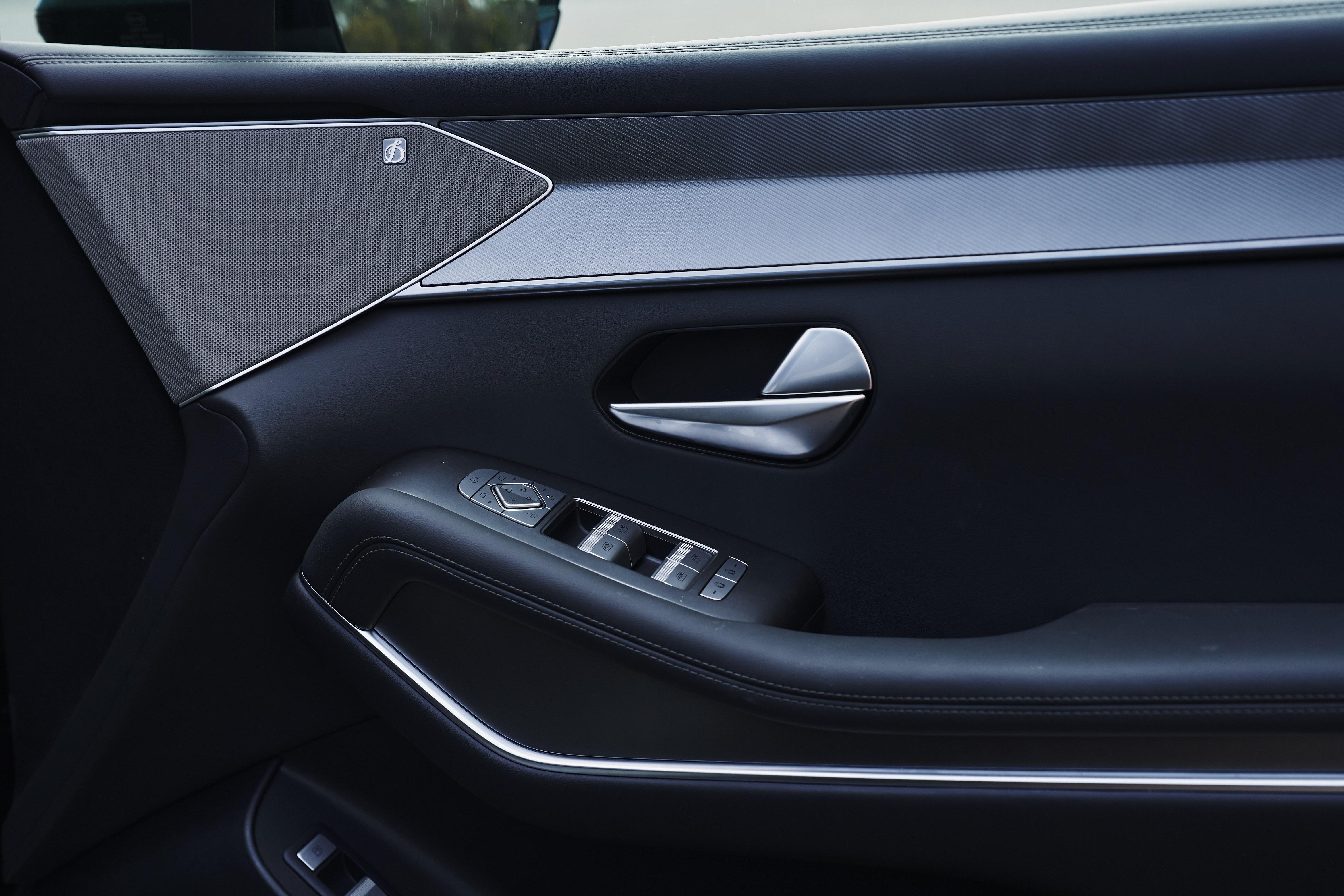
Those averse to digital climate controls won’t be enamoured by the touchscreen-based controls here, though unlike in models from some other makes there’s a permanent toolbar with these HVAC toggles at the base of the display.
I personally don’t love the more minimalist instrument cluster layout of BYD’s newer products, which do away with the virtual power meter and speedometer dials and just have very basic, configurable widgets. It’s just not to my tastes.
While we don’t have a full breakdown of the spec list, the top-shelf Sealion 8 offers full electric adjustment for the front seats, including heating and ventilation as well as massaging functions – and the latter is also applied in the second row.
Storage space is pretty good, comprising a front shelf for two phones ahead of the large cupholders, with one of the phone slots doubling as a wireless phone charger. Further, there are decent-sized door bins, a cubby under the front-centre armrest, and a reasonable glovebox.
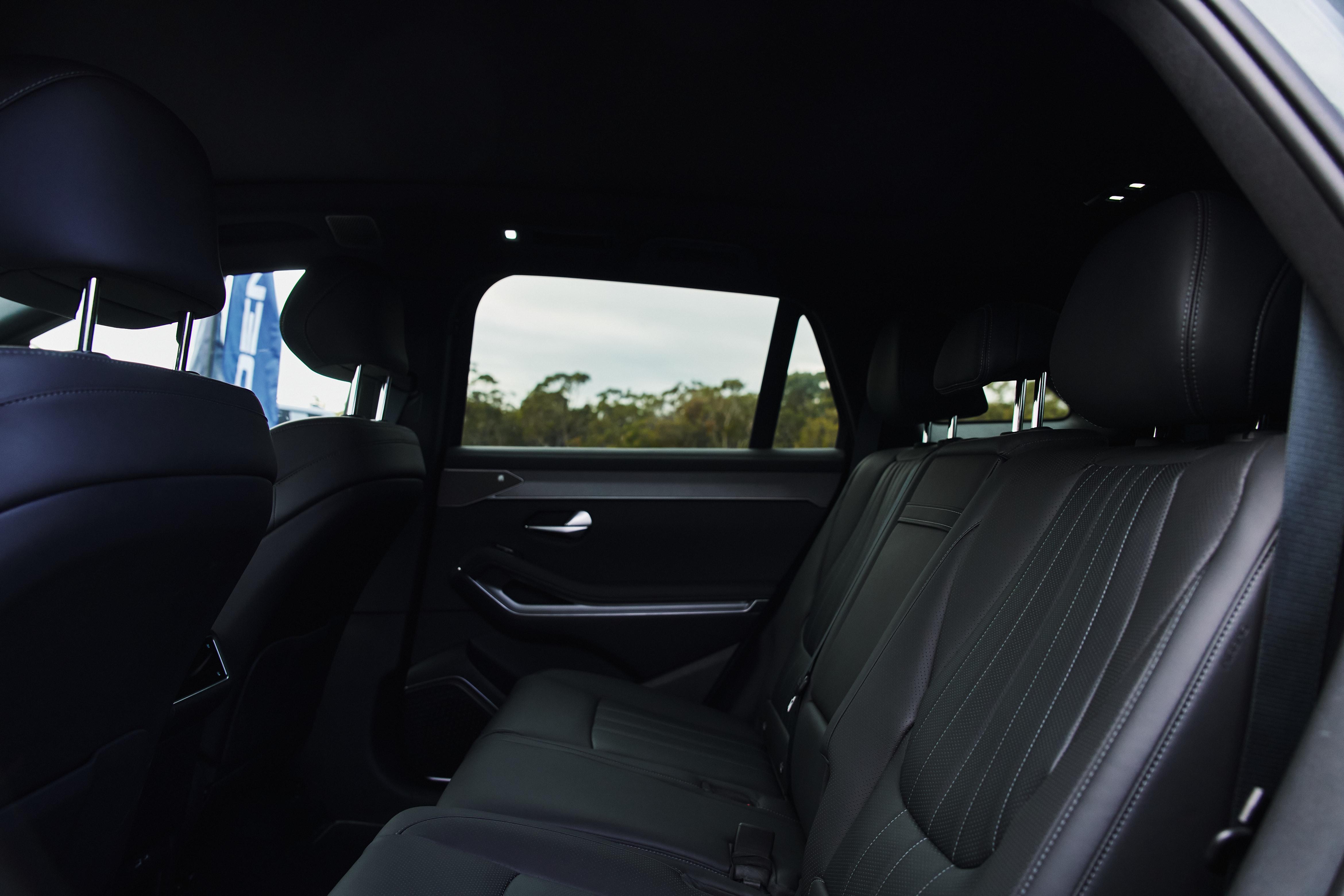
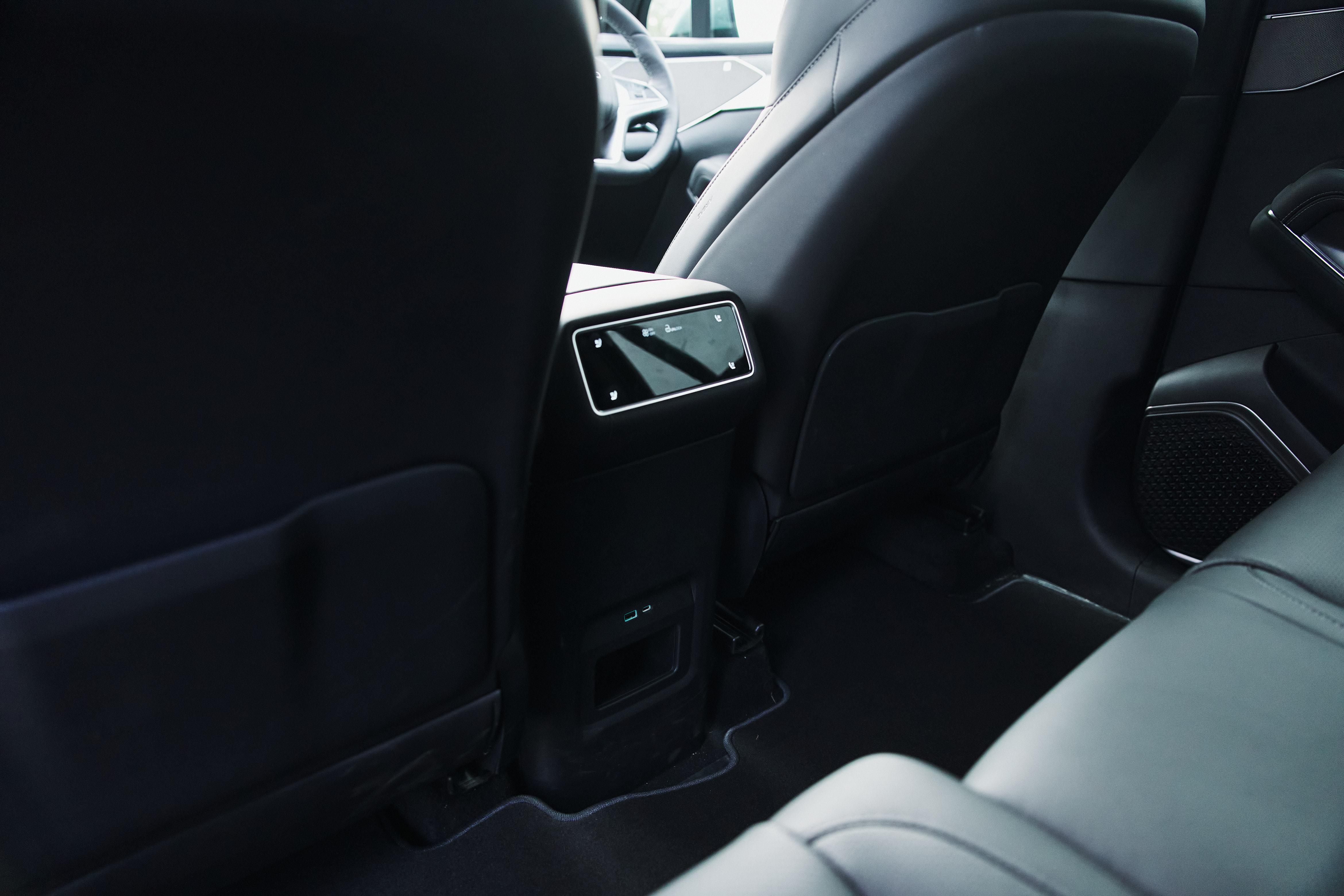
As you’d expect, the second row of the Sealion 8 is family sized. There’s heaps of head, leg, and knee room even for larger adults like lanky 6’1″ me. You also get rear climate controls and massaging for the outer seats in the top-spec variant.
The rear seats slide and recline, and BYD has ensured the access function is on the Australian kerb side. However, the action of moving that seat forward and out of the way is quite heavy and clunky, at least in my experience.
Once you’re in the rearmost seats, I was surprised to find it’s not all that small for the class. I personally wouldn’t be very comfortable for anything more than a short journey, but kids should be fine back there save for the slim-ish rear quarter windows which limit outward visibility.
BYD claims the Sealion 8 can swallow 270 litres of luggage with the third row in use, expanding to 960L with the third row folded, and a capacious 1960L with the rear two rows stowed.
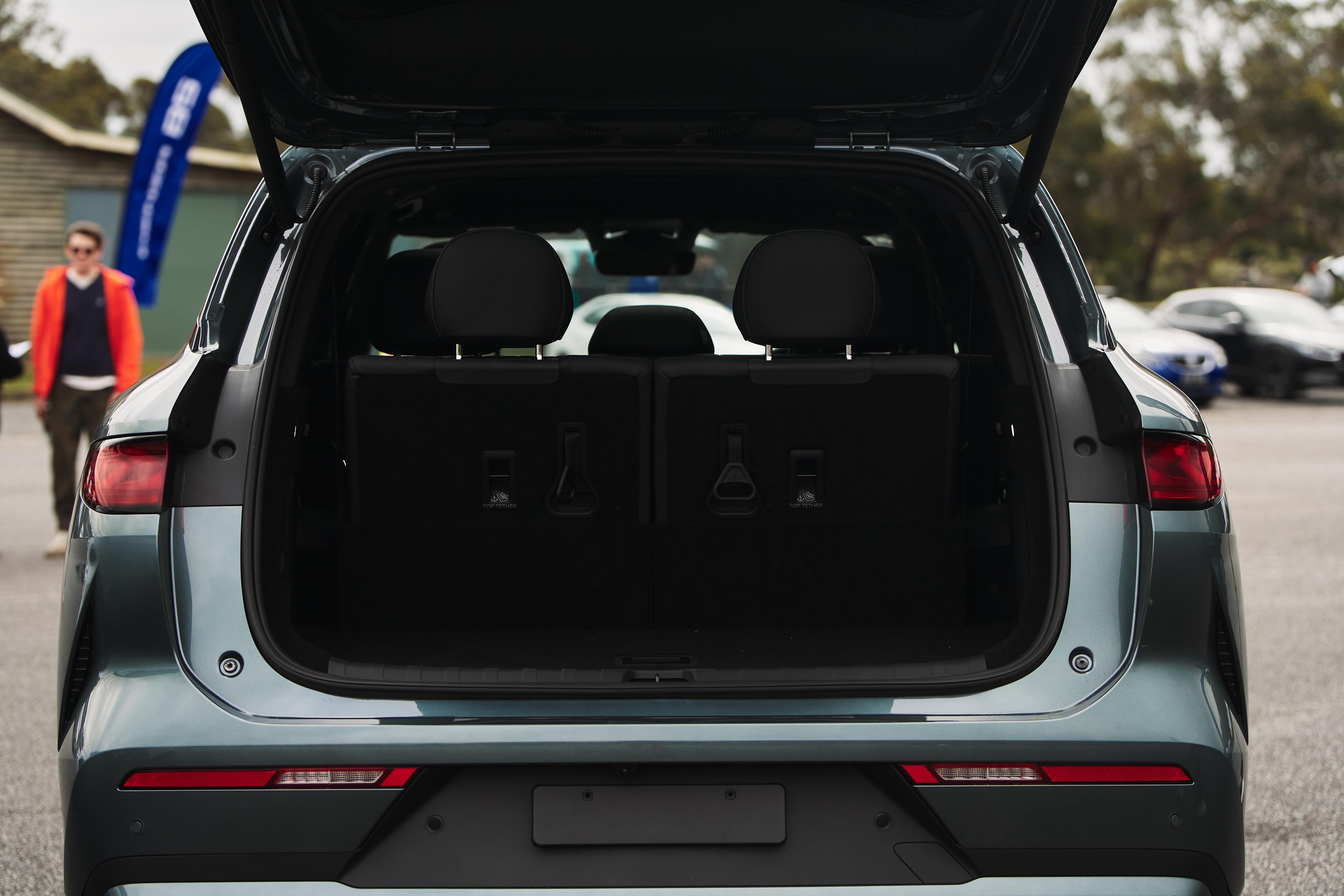
| Dimensions | BYD Sealion 8 |
|---|---|
| Length | 5040mm |
| Width | 1996mm |
| Height | 1760mm |
| Wheelbase | 2950mm |
| Cargo capacity | 270L – 7 seats 960L – 5 seats 1960L – 2 seats |
CarExpert can save you thousands on a new BYD. Click here to get a great deal.
What’s under the bonnet?
Both drivetrain variations of the Sealion 8 come with a plug-in hybrid system based around a 1.5-litre turbocharged four-cylinder petrol engine, with AWD variants getting a second electric motor on the rear axle.

| Specifications | Sealion 8 FWD | Sealion 8 AWD |
|---|---|---|
| Engine | 1.5L 4cyl turbo-petrol PHEV | 1.5L 4cyl turbo-petrol PHEV |
| Engine outputs | 110kW + 220Nm | 110kW + 220Nm |
| Electric motor outputs | 200kW + 315Nm | 200kW + 315Nm – front 200kW + 350Nm – rear |
| System outputs | 215kW + 315Nm | 359kW + 675Nm |
| Battery | 19kWh LFP | 35.6kWh LFP |
| Transmission | TBC | TBC |
| Drive type | FWD | AWD |
| Weight | TBC | TBC |
| 0-100km/h (claimed) | 8.6s | 4.9s |
| Fuel economy (claimed) | 1.1L/100km | 1.0L/100km |
| Electric driving range (NEDC) | 103km | 152km |
| Fuel tank capacity | 60L | 60L |
| Fuel requirement | TBC | TBC |
| CO2 emissions | TBC | TBC |
| Emissions standard | TBC | TBC |
| Braked tow capacity | TBC | TBC |
CarExpert can save you thousands on a new BYD. Click here to get a great deal.
How does the BYD Sealion 8 drive?
We only scored a very short stint behind the wheel of the Premium AWD flagship on the Lang Lang skid pan and ride/handling track, so our time with the Sealion 8 was admittedly quite brief.
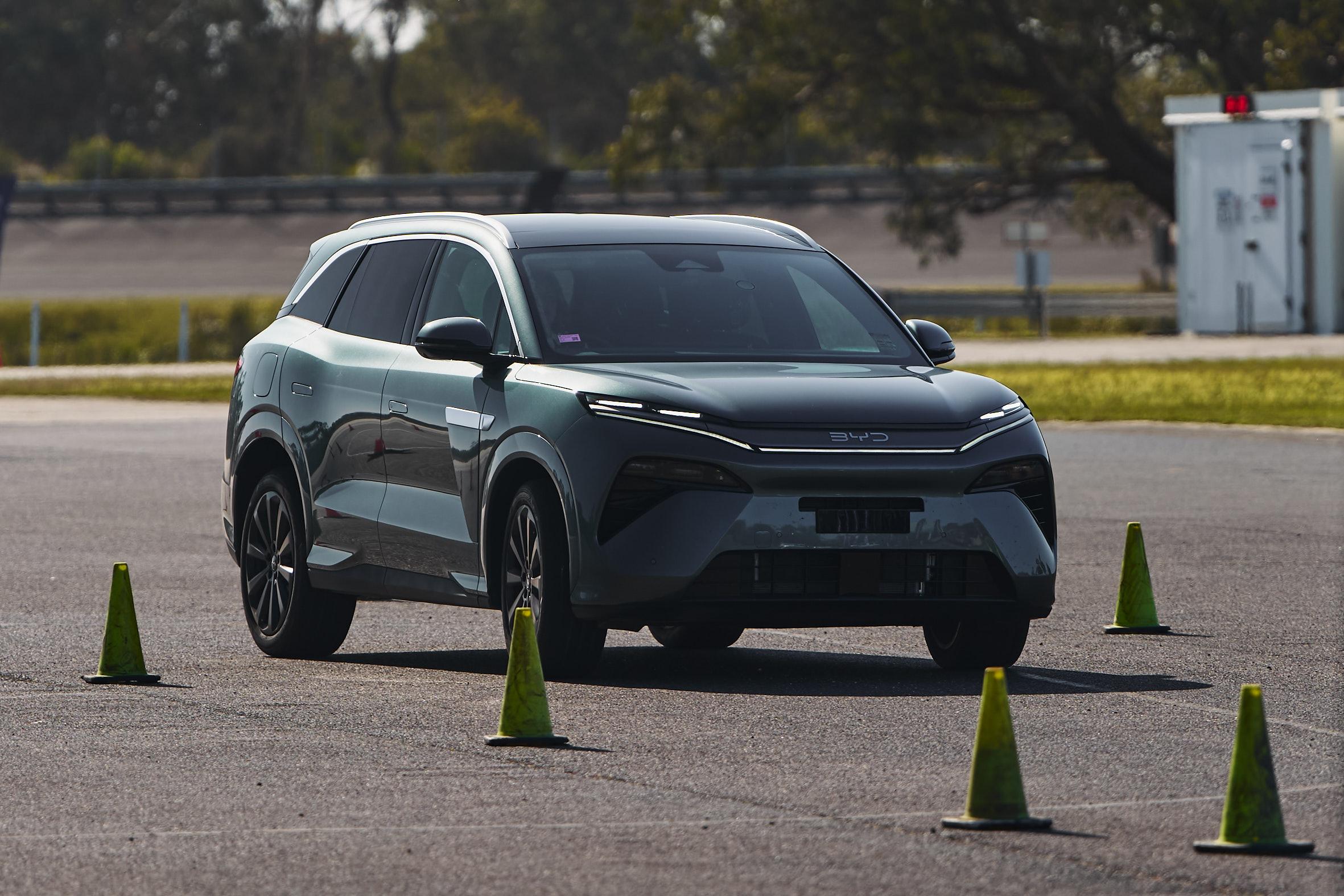
I focused on doing some 0-100km/h runs in my 45-minute window, attempting to film content at the same time. After that I did some slalom work and a short motorkhana course out with cones on the same skidpan.
First thoughts? The flagship version is bloody quick! I’m not sure a vehicle of this type and size really needs to be able to hit highway speed from rest in less than five seconds, but the sharpness and strength of acceleration response, particularly in flagship AWD guise, will surprise you.
The dual-motor electric drive system does the heavy-lifting, offering immediate torque response and rocketing the Sealion 8 off the line. The in-car timer reckons I did the 0-100km/h sprint in 4.6 seconds, which is very quick for a seven-seat SUV of this size, let alone the expected price point.
One thing I noticed was that the petrol engine gets quite vocal under high load, buzzing away with little to no artificial sound augmentation, so it sounds like when you step on it in a car with a CVT. You could almost liken it to a vacuum cleaner – which unless you love cleaning, isn’t the nicest sound.

When you take off there’s also a bit of lift at the front, even with the adaptive dampers set to their firmest ‘SPORT’ setting. It gives off speedboat vibes and, again, who’s really expecting this to feel like an all-out BMW M or Mercedes-AMG model?
The Sealion 8 proved surprisingly eager to turn through the slalom and motorkhana tests, thanks to a keen and responsive front-end, even if the steering feels lighter than is typical in this segment.
The dual-motor drivetrain offers good grip and does a decent job of getting the power down effectively, at least with the Premium’s big 265/45 R21 Goodyear rubber. You can’t hide the heft of the large SUV’s (undisclosed) weight, however, and if you push too hard it’ll default to understeer and tyre squeal.
I then took the Sealion 8 for a whirl around the ride and handling test track, which allows for speeds of 120-130km/h and also has faithful simulations of tram tracks and some of Australia’s less well-kept road surfaces.
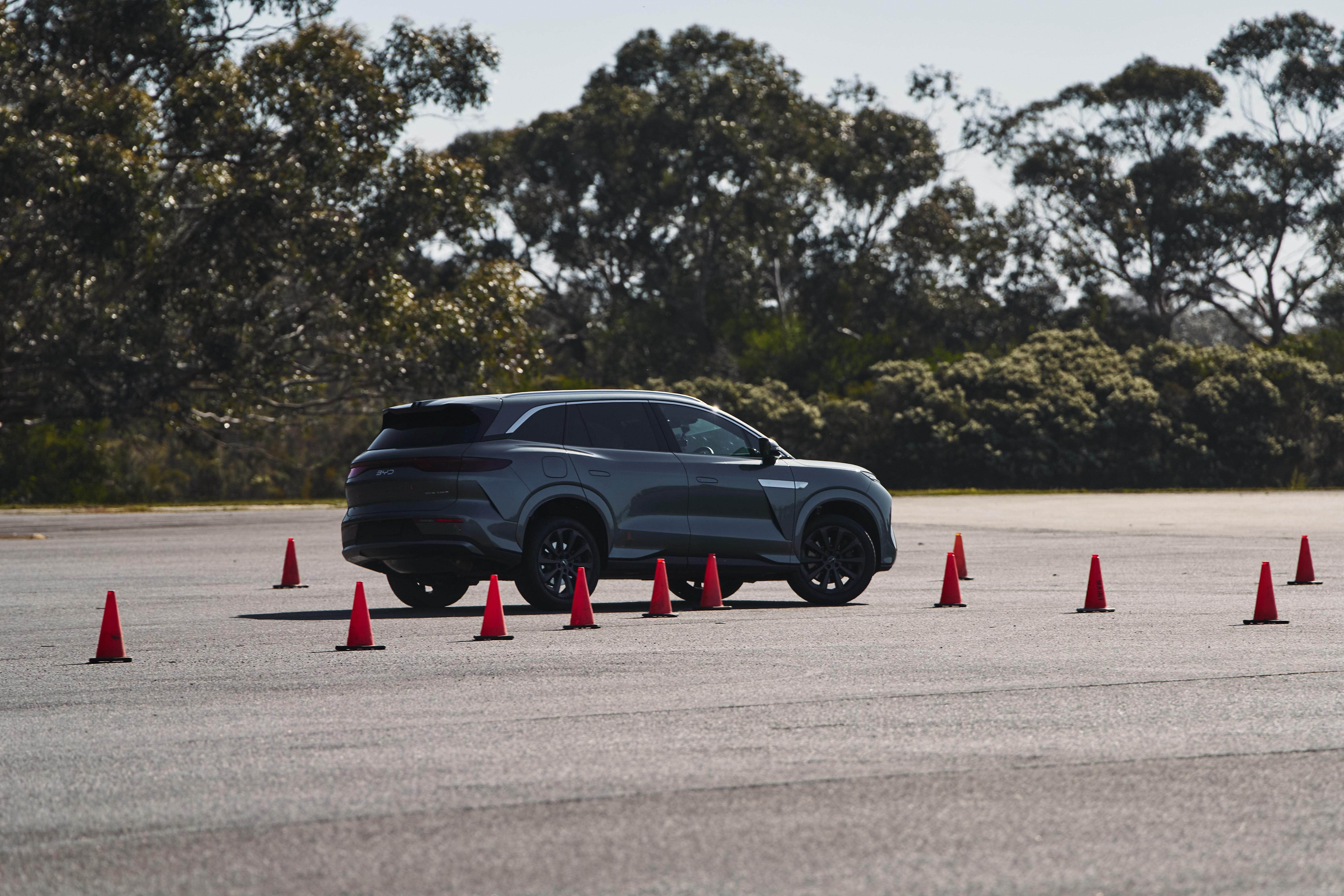
Again, the Sealion 8 showed strong performance with responsive acceleration, light yet accurate steering, and an acceptable amount of body lean in bends. There was plenty of grip, though the general feel isn’t really all that sporty.
Ride compliance is pretty good and sound insulation from tyre roar is also decent, despite the larger wheel and tyre package. I doesn’t quite deliver luxury levels of refinement, though.
Braking performance could also be better. The transition from regen to mechanical braking can be a little vague upon progressive inputs, and while we don’t know what the Sealion 8 weighs we can tell it could use a touch more stopping power, or at least that’s how it felt during my limited time with it at a proving ground.
And that’s about the extent of my driving impressions. For aspects like efficiency and driving performance in real-world conditions, we’ll need to take the Sealion 8 for a longer test on public roads.
CarExpert can save you thousands on a new BYD. Click here to get a great deal.
What do you get?
We don’t have full specifications for the Sealion 8 range yet, but we got initial details of the Premium AWD flagship.

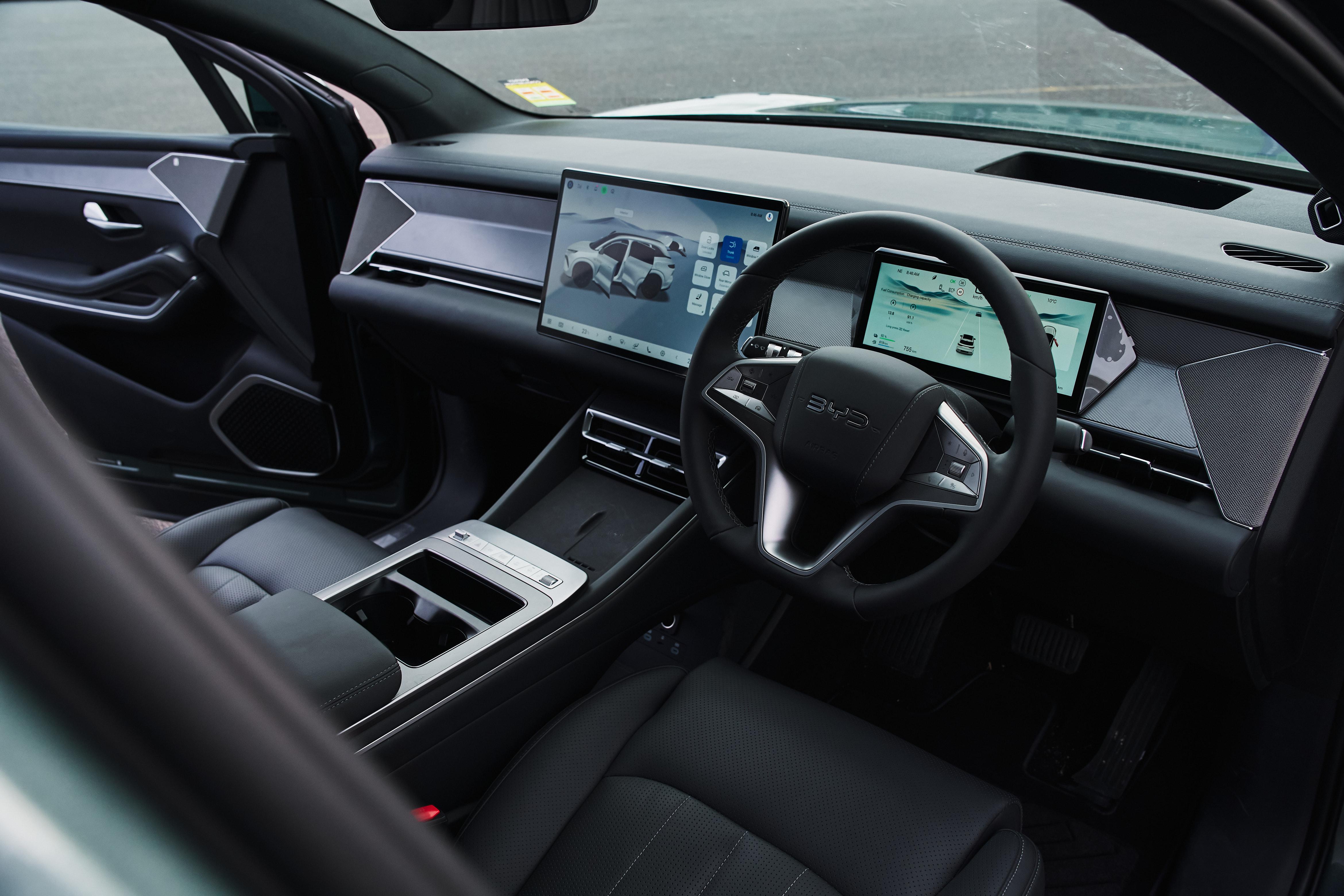
2026 BYD Sealion 8 Premium AWD equipment highlights:
- 21-inch alloy wheels
- Goodyear 265/45 R21 tyres
- DiSus-C adaptive damping
- 10.25-inch digital instrument panel
- 15.6-inch rotating touchscreen
- Wireless Apple CarPlay
- Wireless Android Auto
- 21-speaker premium audio system
- Massage function for front, rear seats
- 50W wireless phone charger – front
CarExpert can save you thousands on a new BYD. Click here to get a great deal.
Is the BYD Sealion 8 safe?
The Sealion 8 hasn’t been crash tested by ANCAP or Euro NCAP.
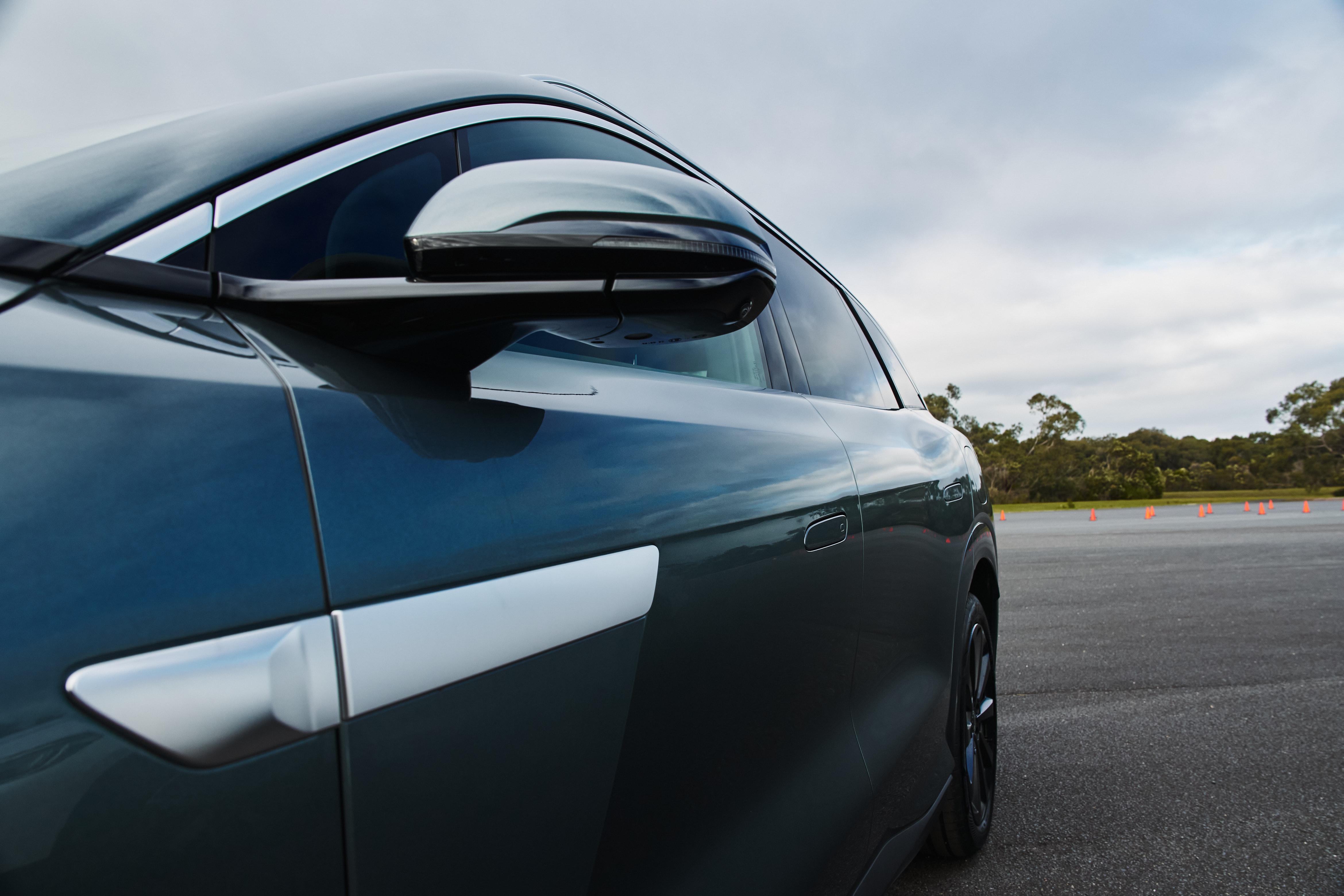
Sealion 8 Premium AWD standard safety features include:
- 9 airbags incl. full 3-row curtains
- ‘Advanced Driving Assistance System’
- 360 camera system
CarExpert can save you thousands on a new BYD. Click here to get a great deal.
How much does the BYD Sealion 8 cost to run?
The Sealion 8 should be covered by BYD Australia’s six-year, 150,000km new vehicle warranty and eight-year, 160,000km high-voltage battery warranty.

| Servicing and Warranty | BYD Atto 1 |
|---|---|
| Warranty | 6 years or 150,000km – vehicle 8 years or 160,000km – battery |
| Roadside assistance | 12 months then service activated |
| Service intervals | TBC |
| Capped-price servicing | TBC |
| Total capped-price service cost | TBC |
CarExpert can save you thousands on a new BYD. Click here to get a great deal.
CarExpert’s Take on the BYD Sealion 8
There’s a common theme among our latest BYD and Denza reviews – we haven’t spent enough time with them to offer a conclusive verdict, but we’ve seen enough to know people will like these new models.

If it arrives with good price positioning – something which BYD has been on a roll with lately – the Sealion 8 should offer more performance and more EV range for less money than equivalent rivals. No doubt, that recipe will find traction in a market that loves its family SUVs.
It also looks sharp, is well finished inside, and offers competitive levels space and practicality alongside its key competitors, at least on first impression.
For now though, we’ll hold final judgement until we see a full pricing and spec breakdown, and get more time on home turf with the Sealion 8 when it lands in Australian showrooms in the early stages of 2026.
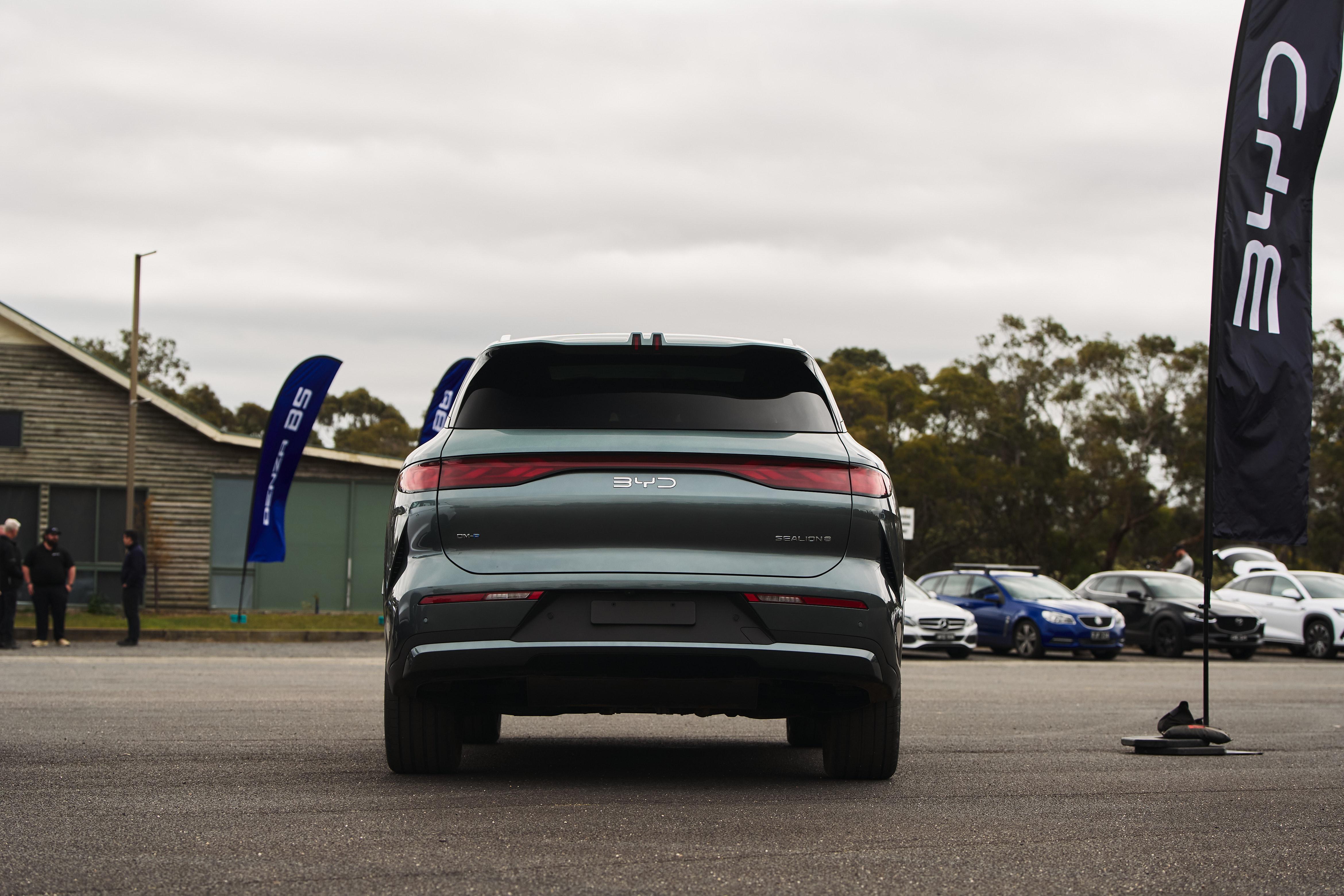
CarExpert can save you thousands on a new BYD. Click here to get a great deal.
Click the images for the full gallery
MORE: Explore the BYD showroom
